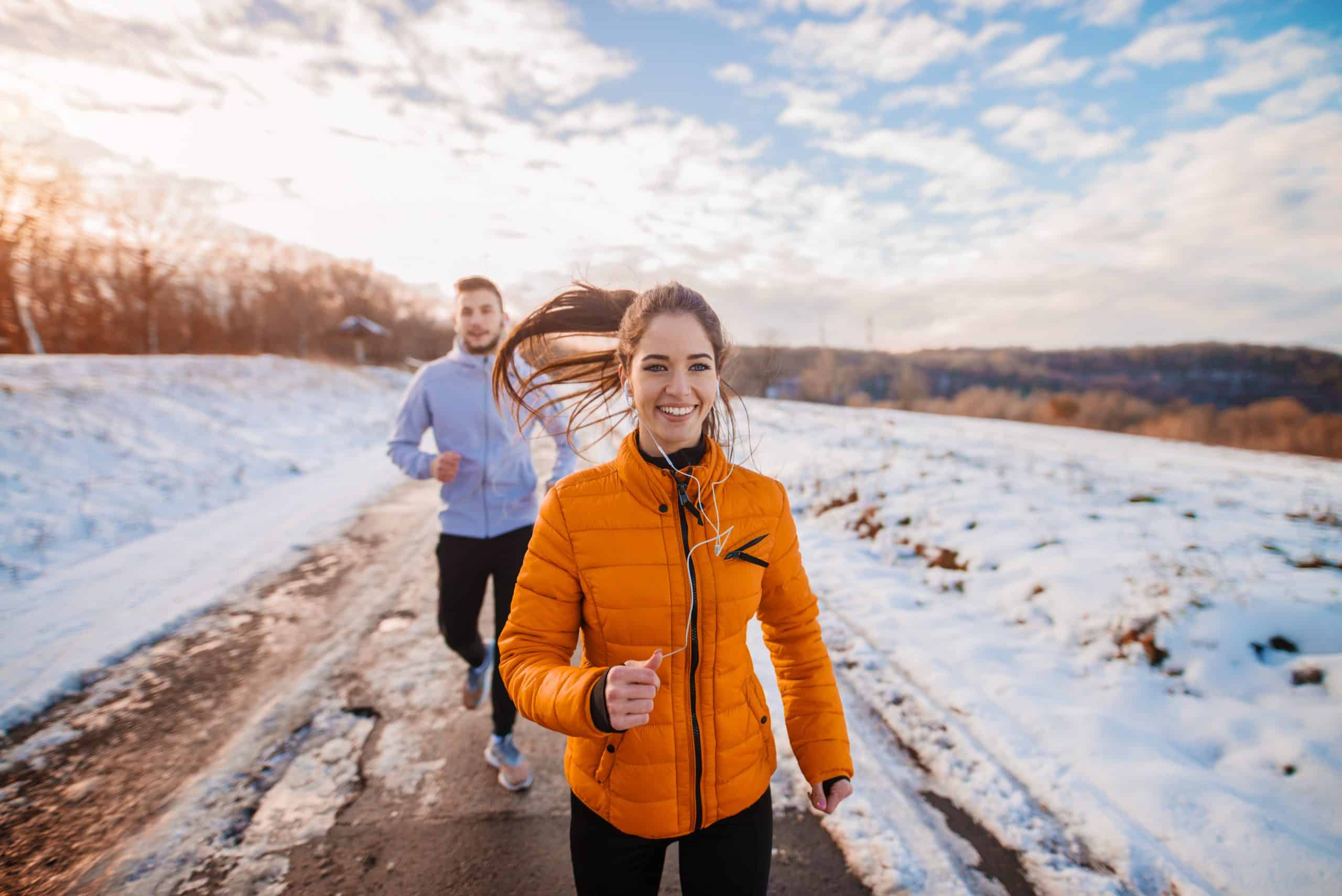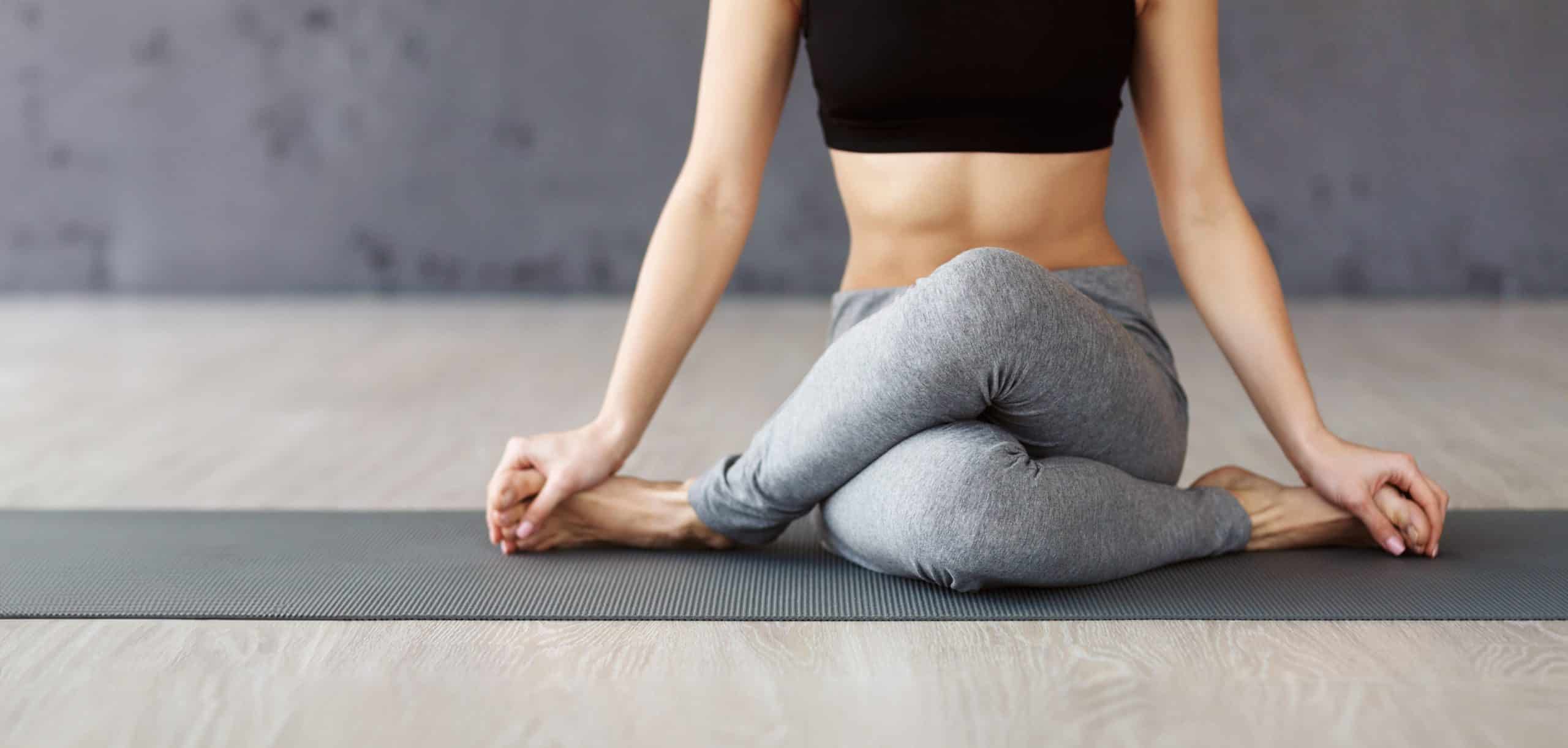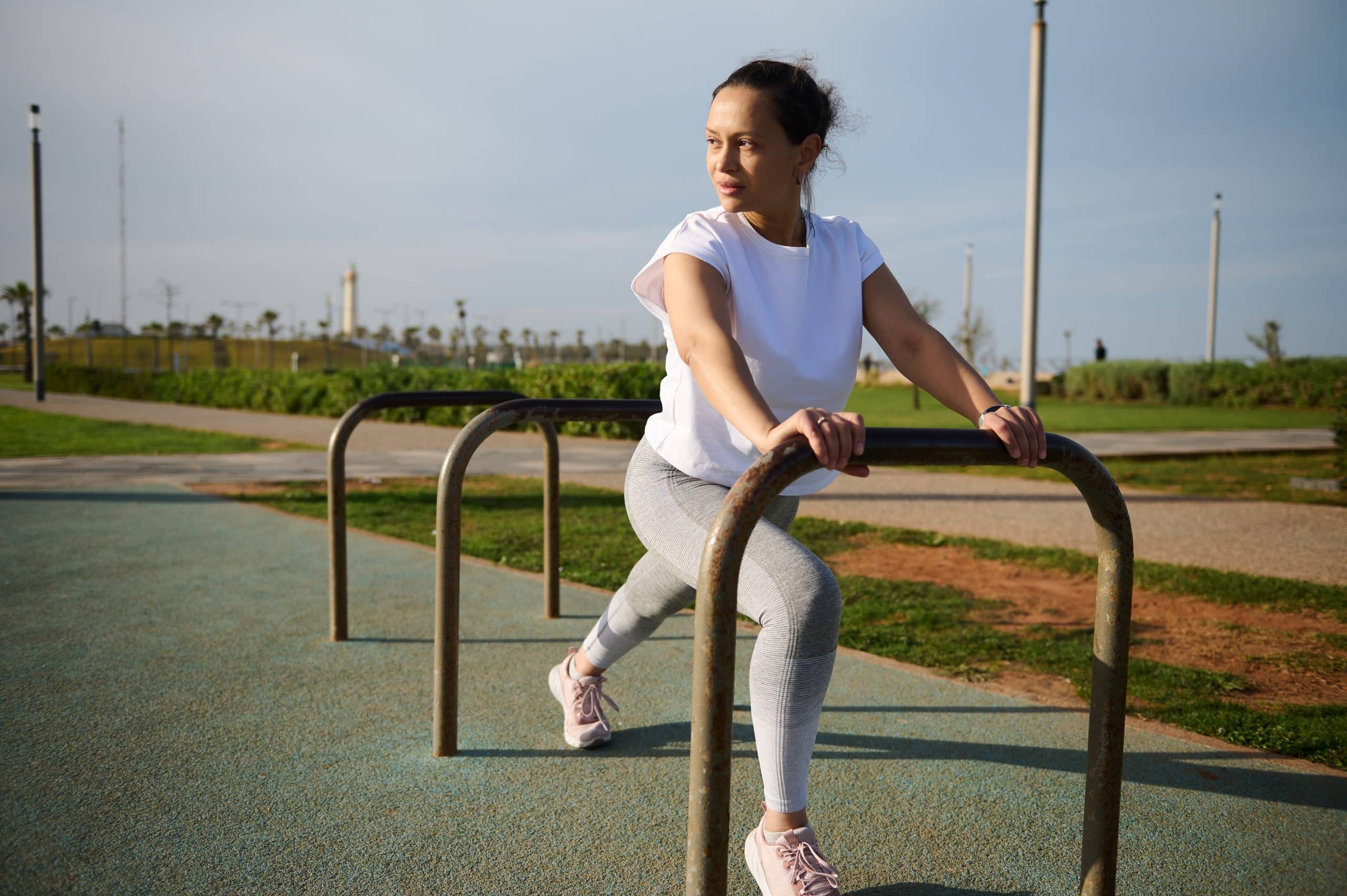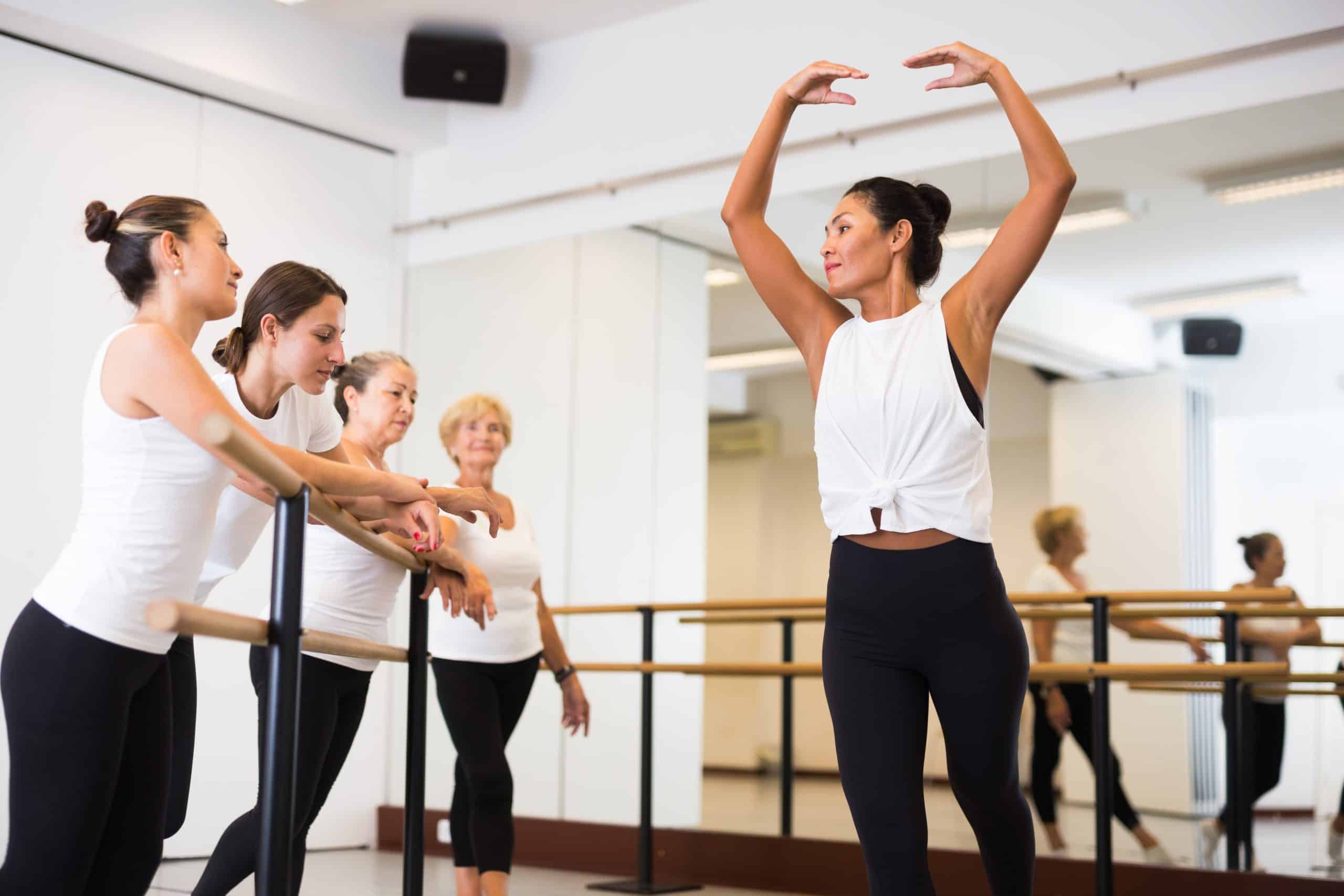Winter can seem like an outdoor runner’s worst nightmare. Icy sidewalks, snow-covered trails and bone-chilling temperatures all make for some very unappealing conditions to lace up your sneakers and head out the door. You might consider a treadmill, but even the most die-hard outdoor runners will tell you that nothing beats the feeling of fresh air filling your lungs as you run. So, how do you brave the winter elements and still enjoy running outdoors? The key is to dress appropriately. Just like any other sport, there is special gear designed specifically for winter running. By investing in a few key pieces, you can make winter running a lot more enjoyable. Here’s what to wear running in winter for comfort and the best performance.
Layers For Running In Cold Weather
Layering is key for winter running gear. You want to be able to shed layers as your body warms up, but also have the option to add more on if the temperature drops or you start to feel chilled. Below are all the layers you’ll need for running in cold weather, along with the best material choices for each.
Base Layer
The base layer is the layer that sits closest to your skin. It should be snug, but not too tight, and made from a material that wicks away sweat. A good base layer will keep you dry and comfortable by moving moisture away from your skin. The best materials for a winter running base layer are synthetic fabrics like polyester or nylon, or merino wool.
Base layer clothes for running in cold weather may include:
- Long sleeve shirt with a thumb hole
- Tights or leggings
- Sports bra
- Sports tank
Middle Layer
The middle layer is designed to insulate and keep you warm. It should be made from a material that traps heat but is still breathable so you don’t overheat. Fleece is a great option for a middle layer as it’s both warm and breathable. Another good choice is merino wool, as it has natural temperature-regulating properties.
Avoid cotton as a middle layer for running cold weather, as it doesn’t insulate well and will hold onto moisture (sweat).
Middle layer clothes for running in cold weather may include:
- Fleece jacket or vest
- Long sleeve shirt
- Tights or leggings
- Sports bra
Read More: Benefits Of Hill Running And How To Do It Correctly
Outer Layer
The outer layer is the final layer and acts as a barrier against the elements. It should be made from a waterproof and windproof material like Gore-Tex or nylon. This layer should also be breathable to avoid trapping sweat and moisture next to your skin.
Your outer layer for running in cold weather should include:
- Running jacket with a hood
- Tights or leggings
- Gloves
- Hat or headband
Keeping Your Head, Neck, And Hands Warm
In addition to layering your clothing, it’s also important to pay special attention to keeping your head, neck, and hands warm. These are all areas where heat can escape from your body, so make sure they’re well insulated.
Head Gear For Running In Winter Weather
The best way to keep your head warm while running in winter weather is with a hat made from a windproof and waterproof material. Fleece and wool are both good choices as they’re both warm and breathable.
A hat with a brim or visor is also a good choice as it will help keep the snow and rain out of your eyes. And, if you don’t like hats, a headband or ear warmers are also good options.
Neck Gear For Running In Winter Weather
To keep your neck warm, you can wear a scarf, balaclava, or neck gaiter. A scarf is the most versatile option as you can wear it a number of different ways. A balaclava covers your head and neck and can be pulled up over your nose if needed. A neck gaiter is a tube of fabric that can be pulled up over your mouth and nose.
Hand Gear For Running In Winter Weather
To keep your hands warm, you’ll need a pair of gloves or mittens. Gloves will keep your fingers separated and provide more dexterity, while mittens will keep your fingers together and warmer. Choose a pair that’s made from a windproof and waterproof material like Gore-Tex or nylon.And, make sure they’re breathable so your hands don’t get too sweaty.
Skin And Lip Care For Running In Winter Weather
Chapped lips and dry skin are common problems in winter. The combination of cold, dry air and wind can sap moisture from your skin and lips (2). To prevent this, minimize skin exposure by covering up as much as possible.
Prevent windburn by wearing a scarf or balaclava to protect your face. And, keep your lips moisturized with a lip balm that contains sunscreen. Your nose, cheeks, and ears are also susceptible to windburn, so make sure they’re well protected.
Want to build an attention-grabbing bubble butt, blast away fat that’s stored in all the wrong places, spring-clean your diet, turn back the clock on your skin, skyrocket your self-confidence and shatter your insecurities? Check out the BetterMe app and set this plan in motion!
Other Gear For Running In Winter Weather
In addition to the layers of clothing, you’ll also need to make sure you have the right gear to protect your extremities from the cold.
Socks For Running In The Cold
Your choice of socks can make a big difference in how comfortable your run is. Opt for a sock that is made from a moisture-wicking material like wool or synthetic fabrics. This will help to keep your feet dry and prevent blisters.
Avoid cotton socks, as they will hold onto moisture and make your feet cold.In terms of thickness, you want a sock that will provide some insulation without being too bulky. A good rule of thumb is to choose a normal weight sock with an added layer, like a liner sock.
The length of your socks is also important. For running in cold weather, you’ll want a sock that comes up over your ankle to provide more coverage and prevent heat from escaping.
Footwear For Running In The Cold
Your regular running shoes are probably not going to cut it in the winter. The cold weather and wet conditions can make your shoes feel uncomfortable and can even damage them. Instead, opt for a winter-specific running shoe that is waterproof and has good traction. This will help to keep your feet dry and warm, and prevent you from slipping on icy surfaces.
If you don’t want to invest in a new pair of shoes, you can also buy shoe covers or waterproof sock liners to wear over your regular shoes. These can help to keep your feet dry and provide some additional insulation.
How Many Layers Should You Wear Running In The Cold?
As a general rule of thumb, you should dress as if it is 20 degrees warmer than it actually is. So, if it is 40 degrees outside, you would dress as if it was 60 degrees. If you’re going on a slow or short run, err on the side of being too warm.
You can always take a layer off if you get too hot. But, if you’re going on a long or fast run, it’s better to dress with the intensity of the workout in mind.
Start with a base layer that is made from a moisture-wicking material. This will help to keep you dry and prevent chafing. Add additional layers for warmth as needed. A good middle layer is an insulating layer like fleece. Top it off with a wind- and waterproof outer layer to protect you from the elements.
Don’t forget about your head, hands, and feet. These extremities are particularly susceptible to cold weather, so make sure they’re well protected.
Read More: Overweight Running: A Beginner’s Guide On Fitness And Nutrition
Other Considerations For Running In Cold Weather
In addition to dressing appropriately, there are a few other things to keep in mind when running in cold weather.
Reflective Gear
Make sure you’re visible to drivers and pedestrians by wearing reflective gear. This is especially important in the winter, when the days are shorter and there is less daylight.
Hydration
It’s important to stay hydrated when running in any weather, but it’s especially important in the winter. The air is drier in the winter, which can lead to dehydration during a run (1). And, if you’re sweating underneath all those layers of clothing, you’re likely losing even more fluids. Make sure to drink plenty of water before, during, and after your run.
Sunscreen
Just because it’s cold outside doesn’t mean you don’t need sunscreen. The sun’s rays can still penetrate through the clouds, so it’s important to apply sunscreen before heading out for your run.
When it comes to weight loss, progress is made by inches, not miles, so it’s much harder to track and a lot easier to give up. BetterMe app is your personal trainer, nutritionist and support system all in one. Start using our app to stay on track and hold yourself accountable!
Familiar Terrain
Choose a running route that you’re familiar with, especially if you’re running in unfamiliar or remote areas. This will help to ensure your safety in case of an emergency. If you’re running in an unfamiliar area, make sure to take extra precaution.
Stick to well-lit streets and be aware of your surroundings. Wear a headlamp or carry a flashlight if you’ll be running in low-light conditions. It’s also a good idea to let someone know your route before heading out.
Be Mindful Of The Conditions
Finally, it’s important to be aware of the conditions when running in cold weather. Ice and snow can make surfaces slick and dangerous. So, if the conditions are too treacherous, it’s better to stay indoors or find an alternative workout.
The Bottom Line
Running in cold weather can be challenging, but it’s also a great way to get some fresh air and enjoy the winter scenery. By dressing appropriately and being mindful of the conditions, you can stay safe and comfortable on your winter runs.
DISCLAIMER:
This article is intended for general informational purposes only and does not address individual circumstances. It is not a substitute for professional advice or help and should not be relied on to make decisions of any kind. Any action you take upon the information presented in this article is strictly at your own risk and responsibility!
SOURCES:
- Influence of Cold Stress on Human Fluid Balance (1996, nih.gov)
- The effect of environmental humidity and temperature on skin barrier function and dermatitis (2015, nih.gov)


















